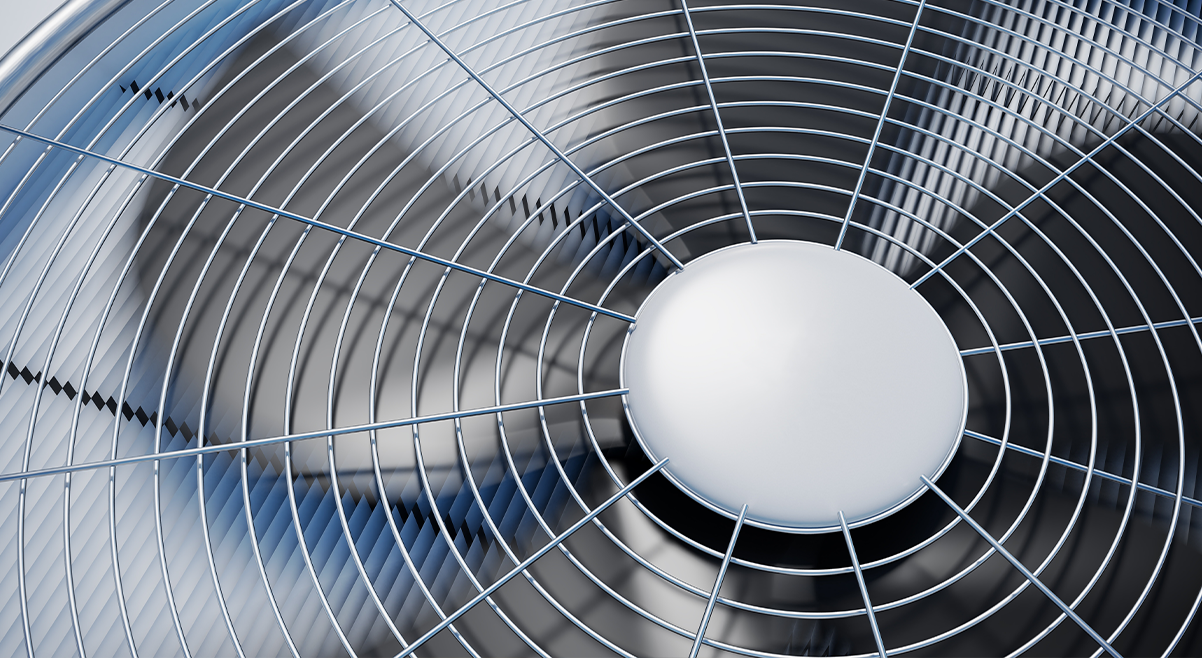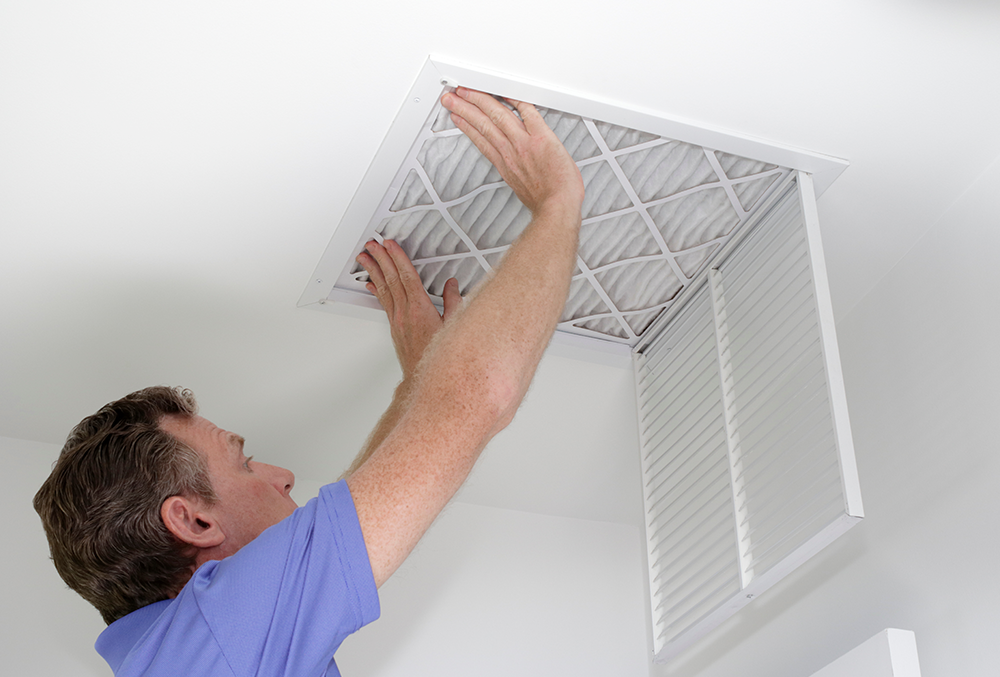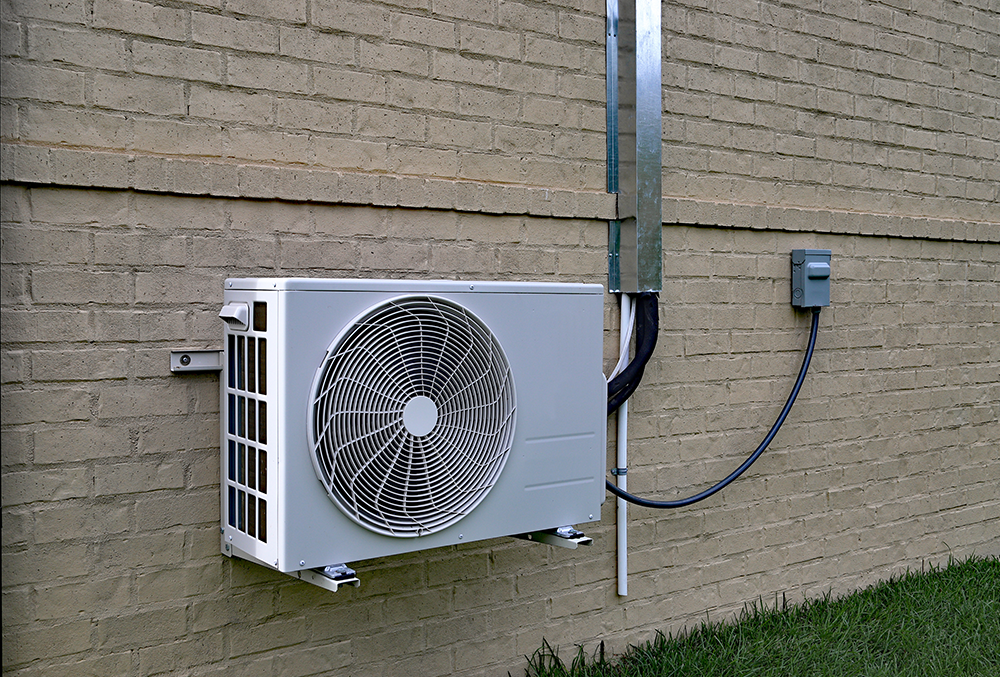The outside unit or condenser is the biggest part of the air conditioning system. In this equipment cabinet are the compressor, condenser coils, and condenser fan. What should you do if you find the AC outside fan not working? Novak Heating, Air, and Duct Cleaning shares common malfunctions that can cause your outdoor fan to fail, how to check it, and when to call for air conditioning repairs to fix it.
How to Tell If Your AC Fan Isn’t Working
You may suspect you have an outside AC fan that is not working if your cooling system isn’t keeping your home comfortable. To figure out whether this component is the issue or not, listen to your condenser unit as it runs and peer through the top grate of the outdoor unit to monitor the fan.
You may notice that the fan doesn’t run but the compressor does. Or, the fan and compressor both fail to start. The fan could be operational, yet slow to start. Each of these circumstances indicates a problem with your AC unit not working correctly.
Causes of Outdoor AC Fan Failure
If you find your outside AC fan not spinning as it should, these are the most likely reasons behind it.
1. Motor Malfunctions
The fan in your outdoor unit connects to a condenser fan motor which turns the blades. Because the motor has to endure a lot of vibrations and heat, bearings inside the AC fan motor wear down as time goes on, especially if the unit is not properly maintained. AC fan motors that are malfunctioning result in poor system performance and fans that either doesn’t run at all or work very slowly, often with a burning smell. You need to call your HVAC company to come to inspect the air conditioning unit and make repairs.
2. Belt Problems
If your condenser unit is older, it may very well have a fan belt that links the fan to the motor. Belts are designed to slip on and off of their pulleys with ease, which makes them susceptible to depreciation over time. A loose belt can easily slip out of position, which means the components are no longer connected which can make your AC unit fan stop spinning. This often happens due to wear and tear affecting the belt.
Belt issues are usually a DIY fix. Turn off power to the unit at the circuit breaker, remove the top grate and fan components to access the belt and pulleys, and slide the belt back around the pulleys. The mere presence of a belt drive in your condensing unit means the system is old, and it’s time to think about upgrading your air conditioner. Newer versions of air conditioner units do not use belts; instead, they use direct drive components to automatically connect the fan and motor.
3. Bad Contactor
The outdoor condensing unit holds the compressor and fan motor, which both receive power from the contactor. The contactor is an electrical switch and it can go bad with age. If the contactor fails, the fan motor won’t receive any electricity and you’ll notice the outside AC fan not spinning.
In the case of a faulty contactor, it will need to be replaced. Contact your HVAC technician to replace the contactor and this will restore power to the air conditioning unit and start the fan spinning again.
4. Faulty Capacitor
The capacitor’s job is to store power used to operate the fan motor in the condenser unit. Occasionally, these components fail which prevents the fan motor from receiving proper power as the system runs. Have your HVAC technician replace the capacitor and this fix should correct the outside AC fan not working.
Call Novak for AC Repairs in Cedar Rapids
If you notice your outside AC fan not working, it’s important to solve the issue right away or you may be stuck without cool air in your home. Call Novak Heating, Air, and Duct Cleaning to schedule air conditioner repairs in Cedar Rapids.





